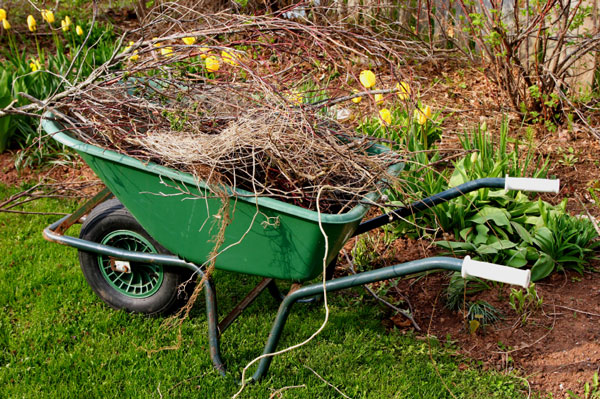
Money might not grow on trees, but that doesn’t mean your trees and yard can’t save you money! Incorporating edible landscaping into all or part of your yard can give you the best of both worlds – a beautiful yard that also produces vegges or herbs for your kitchen.
Edible landscaping with vegetables
Using vegetables to create edible landscaping in your yard can be as beautiful as it is practical. Don’t believe me? Take a look at some pictures of historic European gardens. There is no denying they know what they are doing when it comes to efficiently using space while still creating an elegant yard.
Vegetables are a great way to add an unexpected pop of color and unusual texture to your flower beds and yard. Pole beans have lovely heart shaped leaves and will climb just about anything. Hot peppers ripen into bold, rich colors that complement many annual flowers.
Leafy greens and all the many colored plants that are perfect for salads are easy to slip in with the rest of your landscaping. Lettuces, for example, come in so many different colors and do well in window boxes. They can also be added to flower beds as edging plants. Some mustard greens and kale have beautiful colors in the fall and are a great way to add color late in the year.
If you’re still not sure about adding veggies to your flower beds, why not add edible flowers? Nasturtiums and violas are both edible and are a pretty addition to salads.
Edible landscaping with fruit trees and shrubs
With so many delicious fruits that are easy to grow, why not add a few to your yard?
Blueberries, currant bushes and raspberries are all fairly easy to grow and are pretty enough to be used decoratively.
Strawberries make excellent edging plants and provide good ground cover. They can be planted in long rows along the edges of flower beds or in a sunny area where you need ground cover. In the spring, they are covered in white flowers and in the fall, their leaves turn a rich russet color.
If you don’t have room for a full sized fruit tree in your yard, check out the new miniature and dwarf varieties that are now available. Some grow to be only four to five feet tall and can easily be grown in a large pot or barrel.
Edible landscaping with herbs
There is nothing like having fresh herbs on hand to add a little something extra to your cooking. It’s even better when those herbs are just out your front door.
Many herbs are versatile and can be grown successfully in pots or among other plants. Rosemary is one of the most decorative herbs. It can be shaped into clever topiaries and can be grown in pots or directly in the ground. Basil, tarragon, sage, chives and many other can all be mixed together in indoor or outdoor plantings.
Herbs like mint, oregano, and prostrate rosemary and chamomile all make excellent ground cover. Keep an eye on them though so they don’t get out of hand and take over the rest of your yard. Thyme is also an excellent groundcover for hot, sunny, dry areas. It forms a dense mat of foliage and does well among pavers or flagstones.
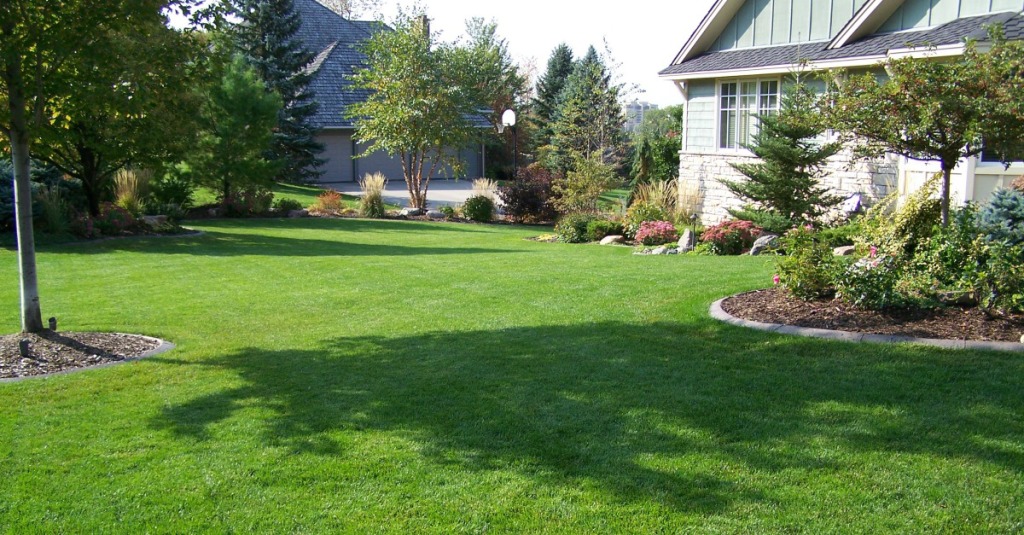
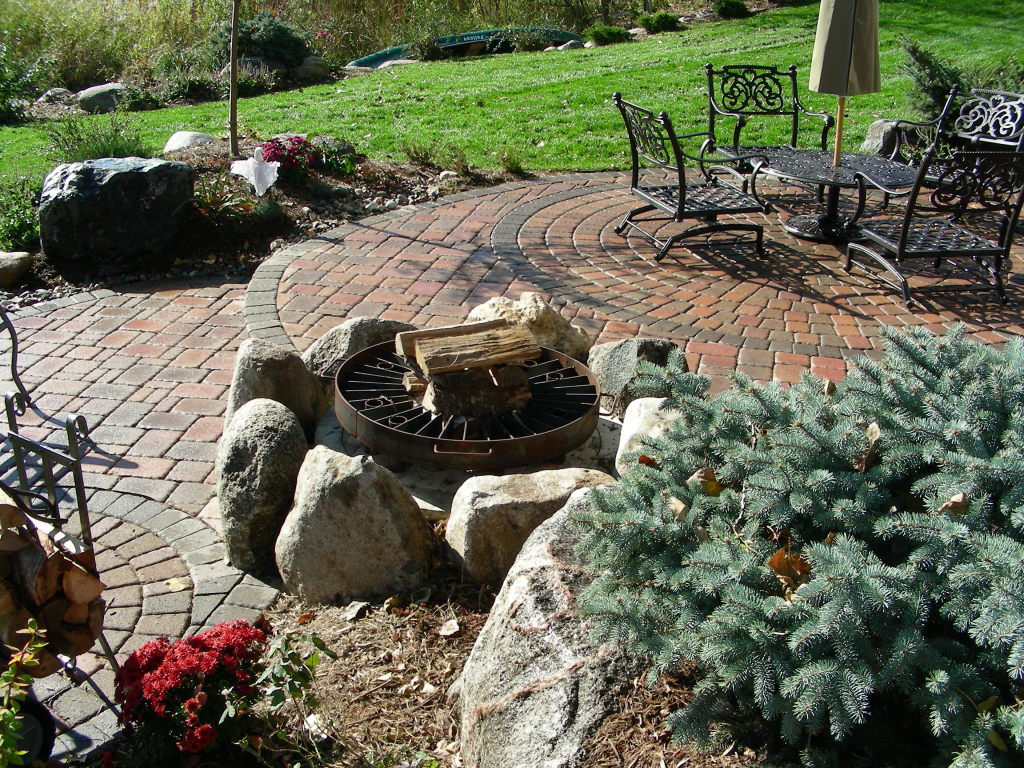
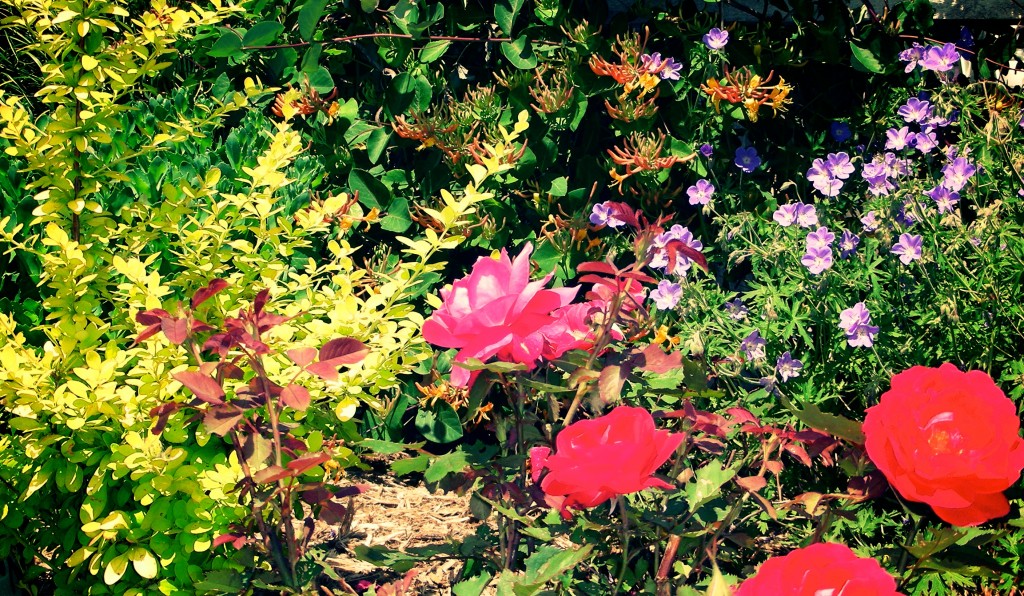
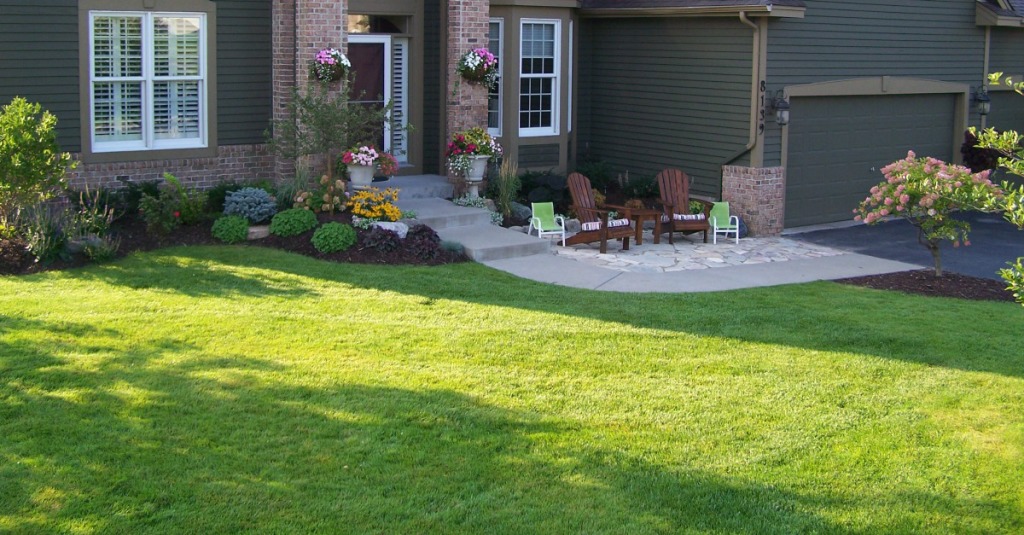
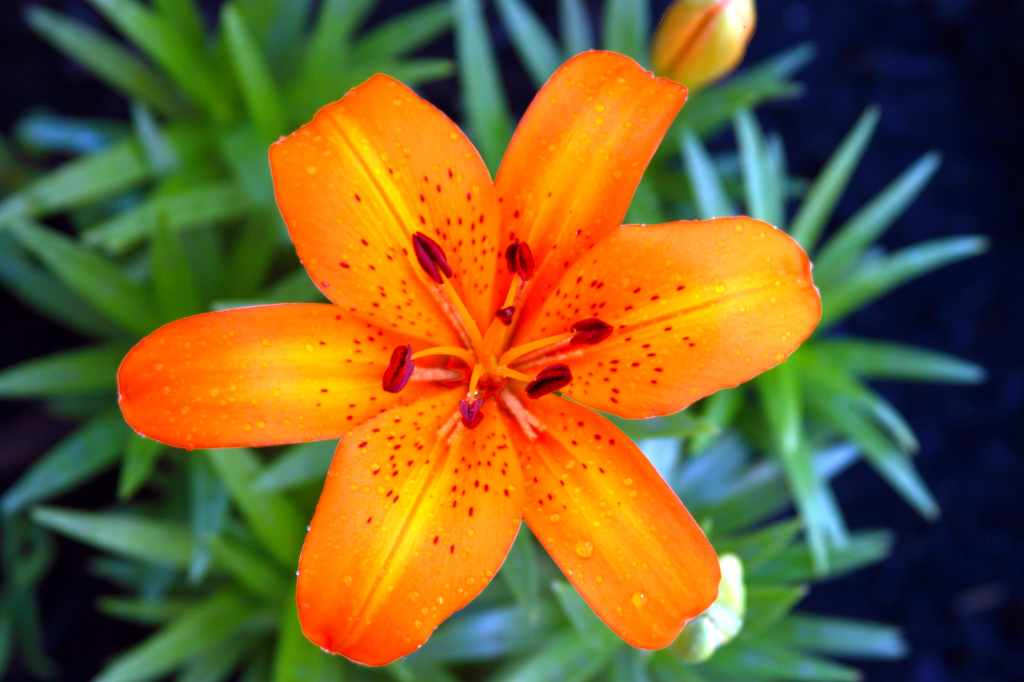
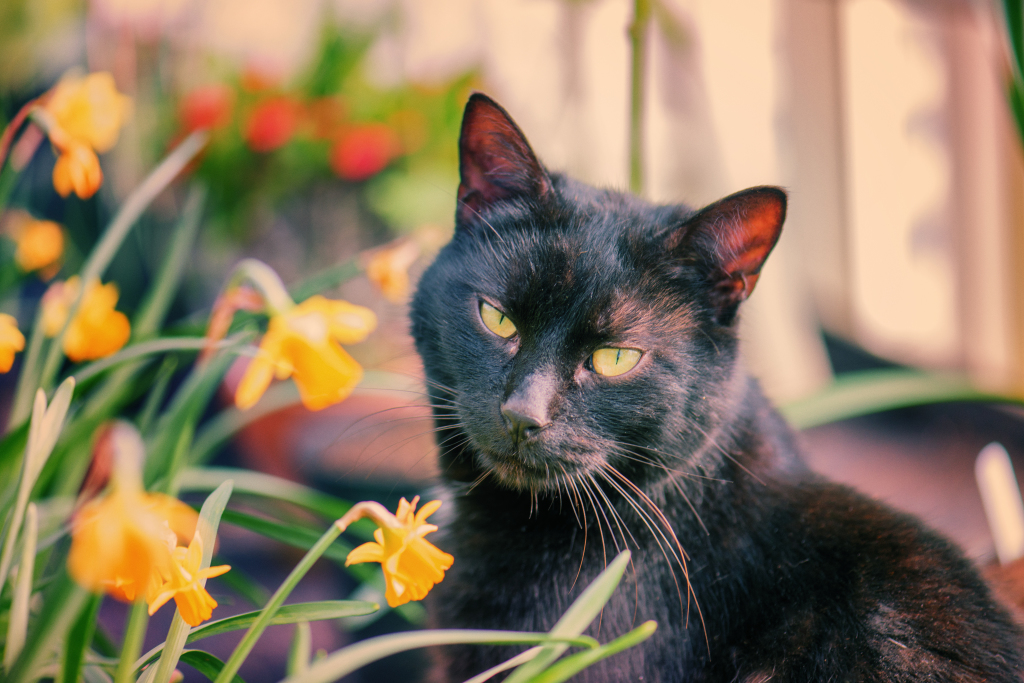
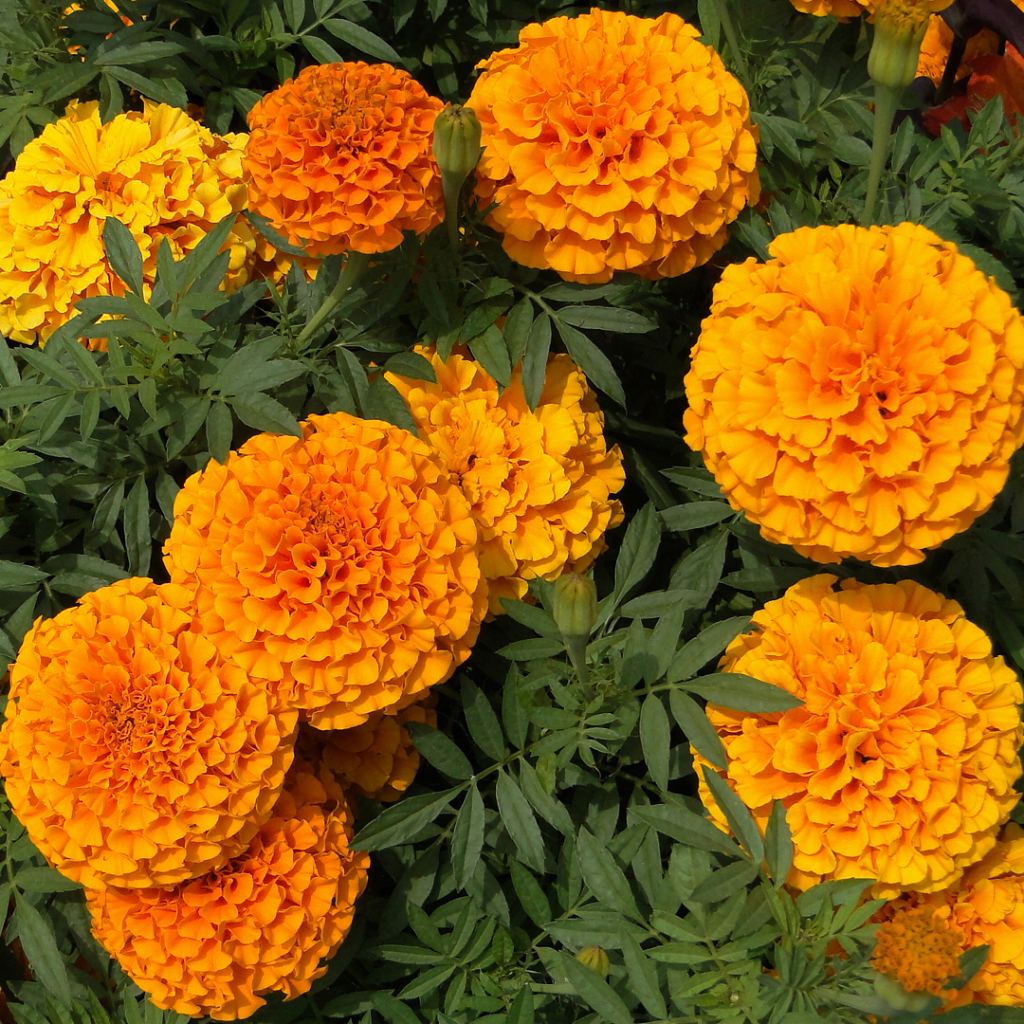
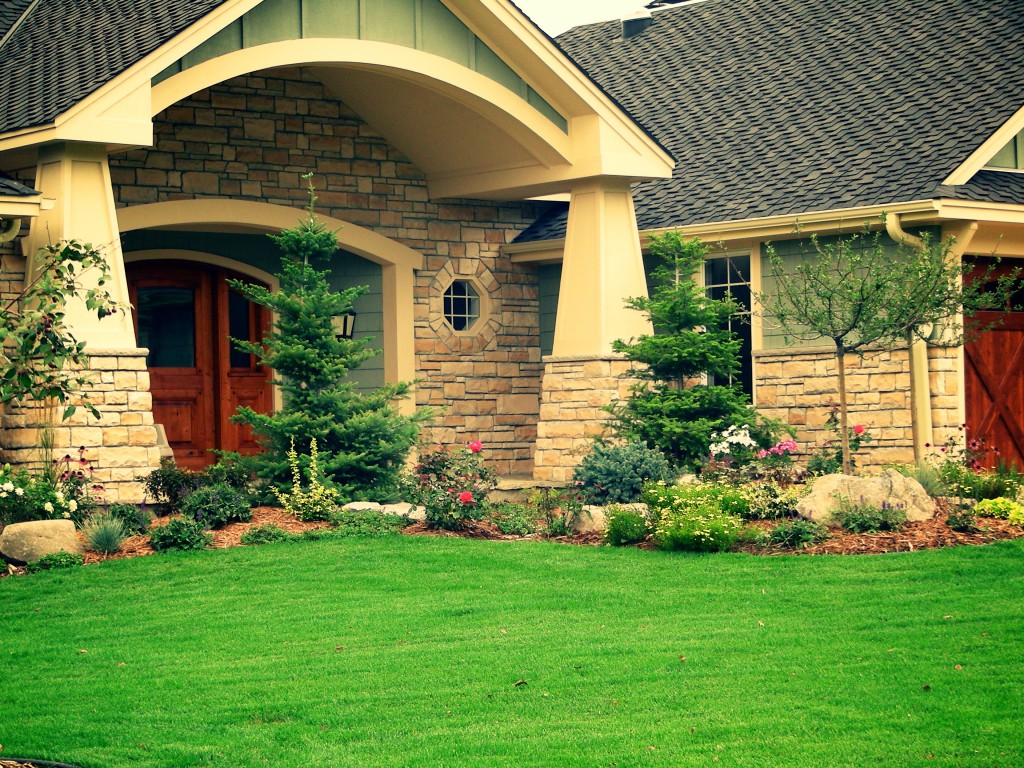

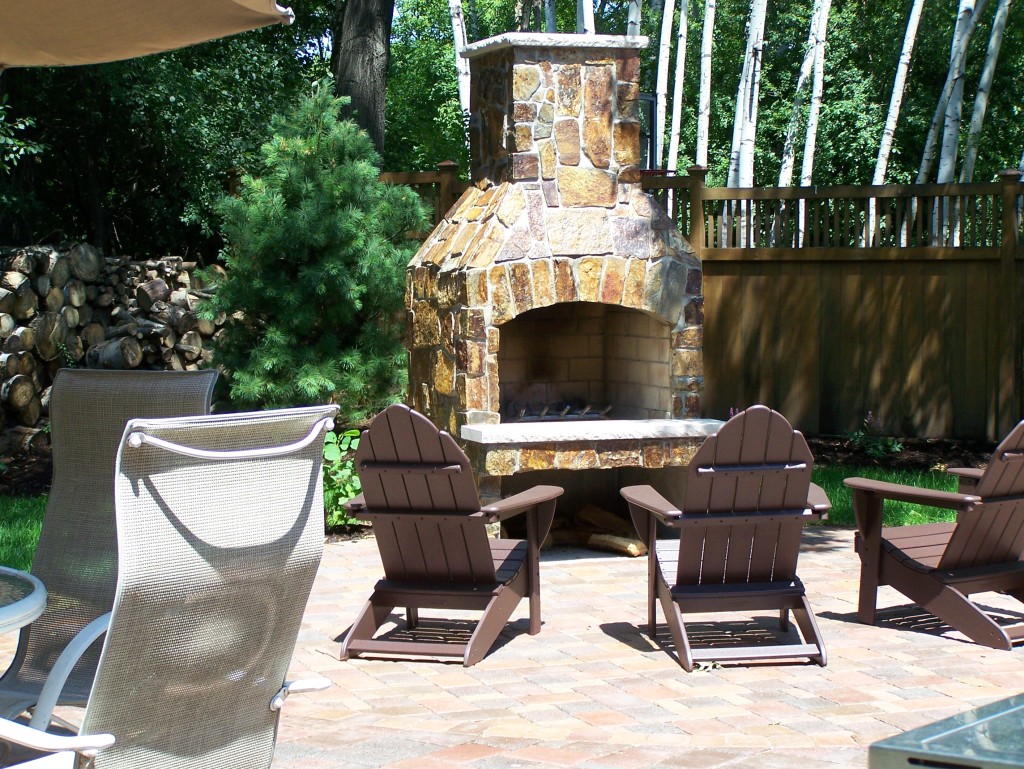

 Contact 612-483-GOAT
Contact 612-483-GOAT